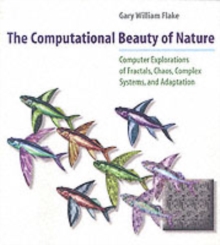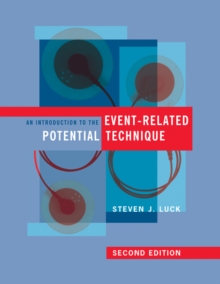
Introduction to Cognition and Communication PDF
by Keith Stenning, Jo Calder, Alex Lascarides
Part of the A Bradford Book series
Description
An introduction to the cognitive sciences through the exploration of one subject-human communication-from the perspectives of the component disciplines of cognitive science-psychology, philosophy, linguistics, and AI.
This introduction to the interdisciplinary study of cognition takes the novel approach of bringing several disciplines to bear on the subject of communication. Using the perspectives of linguistics, logic, AI, philosophy, and psychology-the component fields of cognitive science-to explore topics in human communication in depth, the book shows readers and students from any background how these disciplines developed their distinctive views, and how those views interact.
The book introduces some sample phenomena of human communication that illustrate the approach of cognitive science in understanding the mind, and then considers theoretical issues, including the relation of logic and computation and the concept of representation. It describes the development of a model of natural language and explores the link between an utterance and its meaning and how this can be described in a formal way on the basis of recent advances in AI research. It looks at communication employing graphical messages and the similarities and differences between language and diagrams. Finally, the book considers some general philosophical critiques of computational models of mind.
The book can be used at a number of different levels. A glossary, suggestions for further reading, and a Web site with multiple-choice questions are provided for nonspecialist students; advanced students can supplement the material with readings that take the topics into greater depth.
Information
-
Download - Immediately Available
- Format:PDF
- Pages:616 pages
- Publisher:The MIT Press
- Publication Date:05/05/2006
- Category:
- ISBN:9780262284288
Information
-
Download - Immediately Available
- Format:PDF
- Pages:616 pages
- Publisher:The MIT Press
- Publication Date:05/05/2006
- Category:
- ISBN:9780262284288










